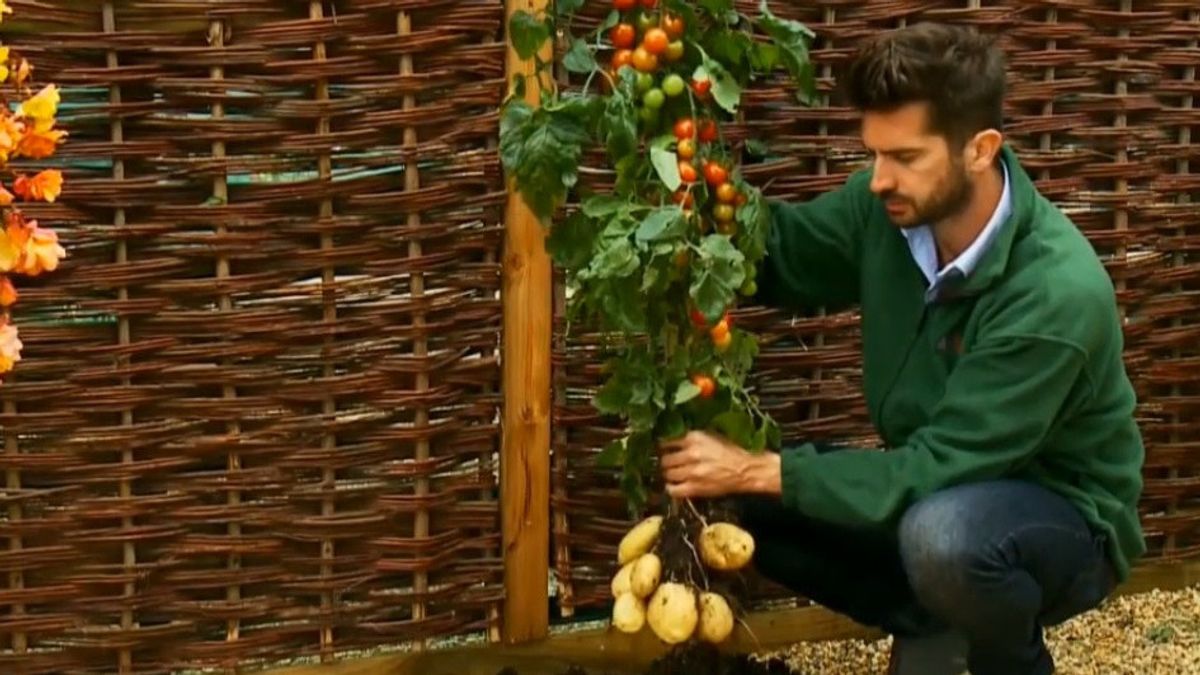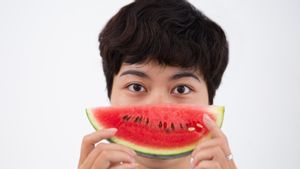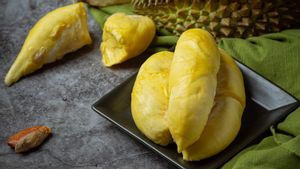JAKARTA - This is not something that sounds like a science fiction film. Pomato, a half potato, and half tomato hybrid plant is believed to be able to meet human food needs in the future.
Pomato, first grown in Germany, can increase the efficiency of food production without affecting crop quality, as quoted by Euro News 28 July.
Although they look very different, potatoes and tomatoes both belong to the same genus (taxonomy order above species) so they can be grown as one plant. Above ground, they produce tomatoes and below potato plants.
While this process is an ancient horticultural practice, putting together soft-stemmed vegetables like this is a more recent practice.
These hybrid plants can help make crops more efficient, maximizing the yields that can be produced in urban environments. Larger quantities of food can be grown in small spaces such as balconies or roofs.
This could provide significant benefits for food security in countries such as Kenya, where populations are growing at a rapid rate. More people means more food but less usable farmland. Maximizing efficiency helps combat these problems as well as water shortages and disease.

These hybrid fruits and vegetables are produced using a process called grafting which fuses tissue from two or more plants. This technique has been used by farmers for thousands of years to reproduce varieties of fruit trees.
Usually, it is a combination of two plants, one that serves as a 'root stem' and an attached 'top stem'. However, there are instances of many fruits being combined to create what is called a 'fruit salad' tree.
Transplanting one plant to another allows farmers to take advantage of rootstock qualities such as disease and drought resistance or, in the case of pomatoes, to produce a completely different crop. It combines the best qualities of both crops or allows farmers to grow any type of crop they want, with a well-adapted root system in the soil.
With environmental factors increasingly impacting farmers around the world, the ability to grow crops that can withstand these changes and still produce enough food to feed us all is critical. Research has shown that drought-resistant rootstock crops can help us reduce the impact of water shortages in dry areas.
SEE ALSO:
There are other possibilities as well to make crops more disease resistant, thus using fewer pesticides, producing higher yields or even attracting a more diverse group of pollinators. Interested in trying?
The English, Chinese, Japanese, Arabic, and French versions are automatically generated by the AI. So there may still be inaccuracies in translating, please always see Indonesian as our main language. (system supported by DigitalSiber.id)













